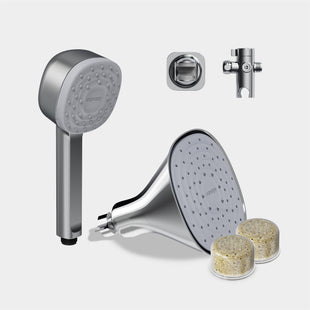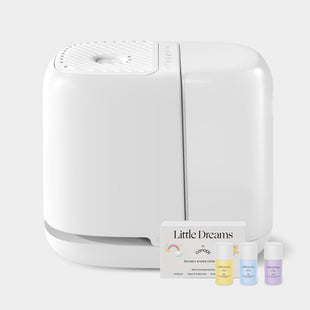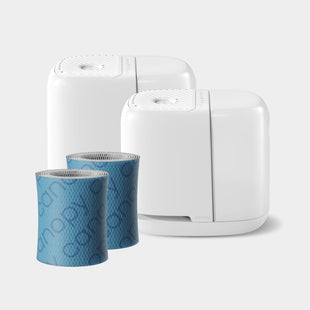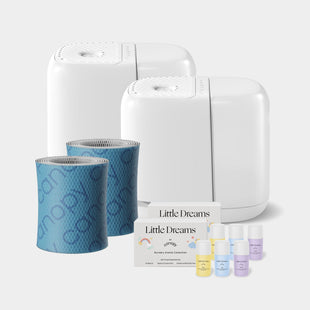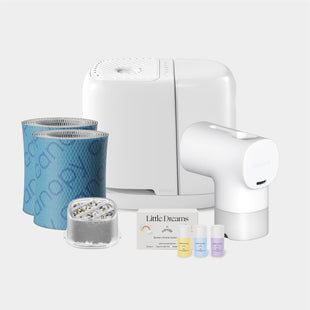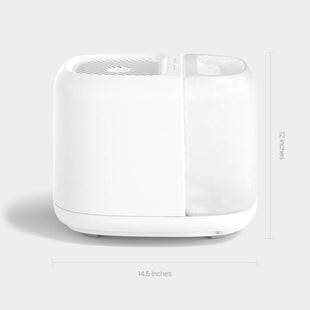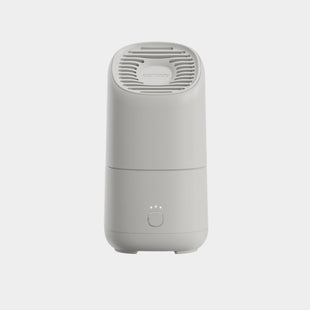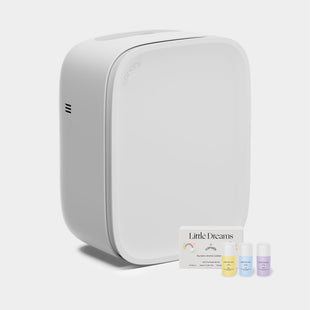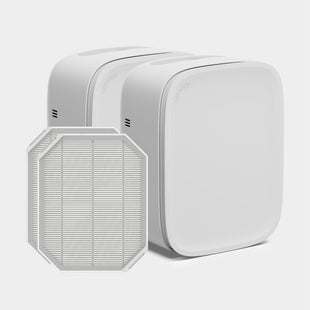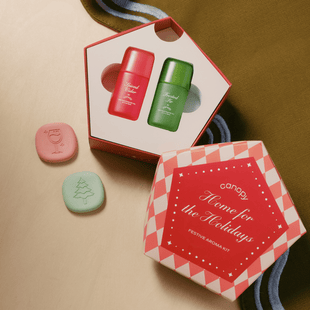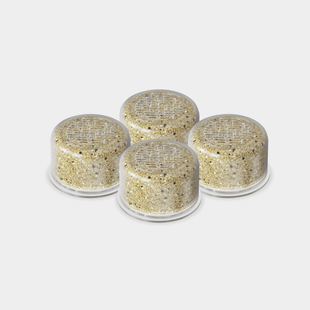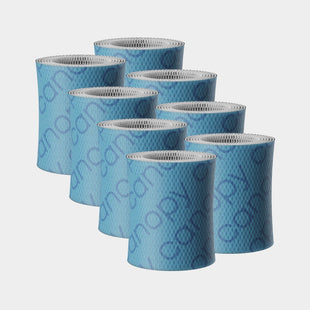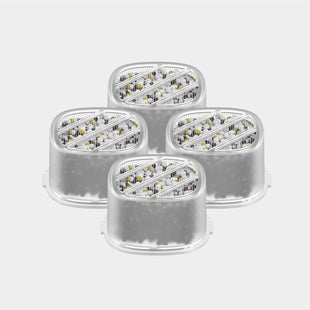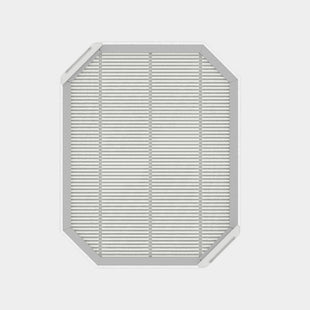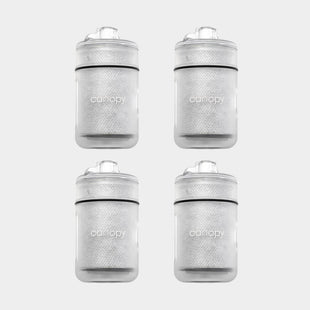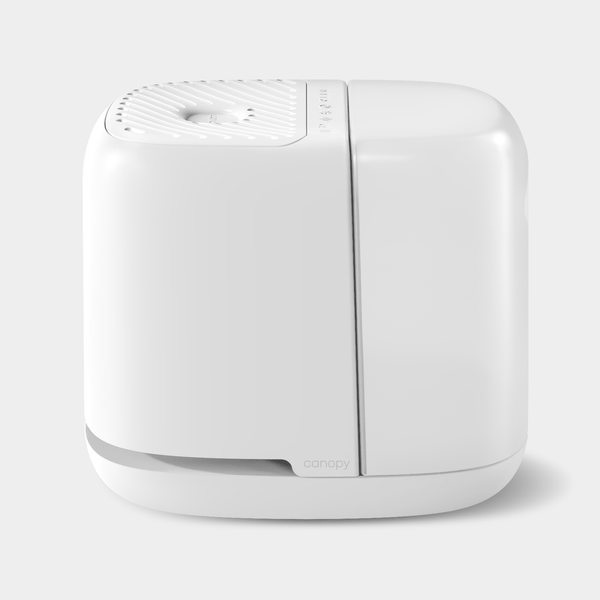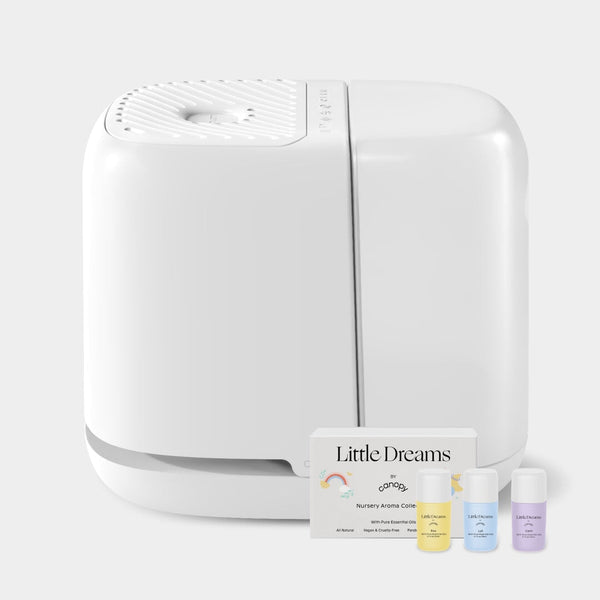It's not unusual for new parents to worry about their baby's comfort as they get accustomed to bath time. Once you have your newborn bath routine down, you and your baby can enjoy these meaningful moments together. Bath time is about more than just getting your baby clean; after all—it's a chance to bond, have fun, and develop social and fine motor skills without distractions1.
This guide will help you make the most of this milestone and ensure your baby is safe and happy. Check out our tips for an enjoyable newborn bath routine and learn everything you need to know to make the experience positive.
Tips for a Safe Bathing Routine
Although bathing your newborn as soon as you get home from the hospital is tempting, it's a good idea to wait. The World Health Organization recommends waiting at least 24 hours before a baby's first bath because the activity can interrupt important skin-to-skin contact and breastfeeding. Additionally, babies have a waxy coating that protects them from heat loss and shouldn't be washed off right away2.
For your baby's first bath (and until their umbilical cord stump falls off and their skin heals), you'll want to give them a gentle sponge bath. Remember that they won't need a bath daily. Here are some tips to make the process easier and more comfortable for your child:
- Have supplies ready before you begin. Baby bath time essentials include a washcloth, a fragrance-free baby soap, a bowl of lukewarm water, a dry towel, and a clean diaper.
- Find a warm, comfortable area to bathe your baby. First, set down a clean towel. You can then wrap another towel around your baby to keep them warm, only exposing the areas you're washing, or invest in a baby bathtub. Always keep at least one hand on your baby.
- When you're ready to begin, start from your baby's head and make your way down. Dip a washcloth into the warm water and carefully wipe their face, scalp, ears, and neck, focusing on one area at a time and patting them dry with a towel.
- After your baby is clean from the neck up, add the baby soap to your water bowl. Use the washcloth to gently wash the rest of their body, paying extra attention to creases and the diaper area. Take care to rinse off all soap to avoid causing skin irritation.

After the umbilical cord stump detaches and your baby's skin heals, follow these steps for your baby's bath time:
- Gather all of your baby bath time products ahead of time. You'll need the same supplies as before, as well as baby shampoo if your baby has hair.
- Fill a clean sink or baby bathtub with 2 to 3 inches of lukewarm water. Test the water on your skin first—baby bath water temps should not be hot or cold. Gently lower your baby into the water feet-first, supporting their head. Your baby's head and most of their body should always be above the water. Since babies get cold easily, carefully pour warm water over your little one's body occasionally to keep them nice and toasty, or cover them with a warm washcloth.
- Gently clean your baby's face and scalp with a washcloth. If you're using baby shampoo, only wash once or twice a week. Be sure to cup your hand above their eyes to guard against falling suds while you rinse. Wash your baby's body using the washcloth and baby-safe soap like you did in the sponge-bathing stage.
- After you rinse, wrap your baby in a towel quickly for warmth. Consider bathing them less frequently if their skin seems dry after bath time. You can also use a fragrance-free baby lotion or Vaseline on the patchy areas.
The Importance of Water Quality and Temperature
While you bathe your newborn, it's important to understand how water temperature and water quality affect their skin and hair. Babies have sensitive skin and aren't yet accustomed to different sensations. Hot water can be painful, cold water can chill them, and hard water can dry their skin.
Keep your newborn's bath water below 120°F to avoid scalding or burning their skin. The ideal baby bath water temp is about 100°F3. While tap water is generally safe for babies, the minerals present in hard water are harsh on delicate skin and may cause itchy, scaly patches and discomfort. Both temperature and water quality are hard for parents to control, and they can make bath time unpleasant for you and your baby.
Complete Your Baby's Bath With Canopy
Bathtime is a chance for play, exploration, and bonding, so the tub should be a safe and comfortable environment. Make your baby’s next bath better with the Canopy Baby Bath Tub Filter, a multi-purpose device that reduces chlorine and other contaminants in bath water, helps parents monitor water temperature, and provides a soft protective cover for the metal spout.
Available in 5 soothing and stylish pastel shades, the Baby Bath Tub Filter is an all-in-one device made for sensitive baby skin. Whether you’re washing up after playtime or winding down before bedtime, it’s the perfect addition to any bath. Best of all, it’s easy to install—no tools needed—and dishwasher-safe.
Our tri-media filter reduces chlorine and other contaminants that can decrease hydration in the skin’s outermost layer, according to physicians21. Every device comes with a filter and the option to subscribe for quick and convenient replacements every 90 days.
Sources:
1. (February 25, 2019). Developmental Benefits of Bath Time. BabySparks. Retrieved March 28, 2025, from https://babysparks.com/2019/02/25/developmental-benefits-of-bath-time/
2. Neusch, N. (September 24, 2017). Benefits of Delayed Bathing Go Beyond Increased Bonding Time. The Bump. Retrieved March 28, 2025, from https://www.thebump.com/news/delayed-newborn-bathing-benefits
3. (February 10, 2022). Baby bath basics: A parent’s guide. Mayo Clinic. Retrieved March 28, 2025, from https://www.mayoclinic.org/healthy-lifestyle/infant-and-toddler-health/in-depth/healthy-baby/art-20044438

